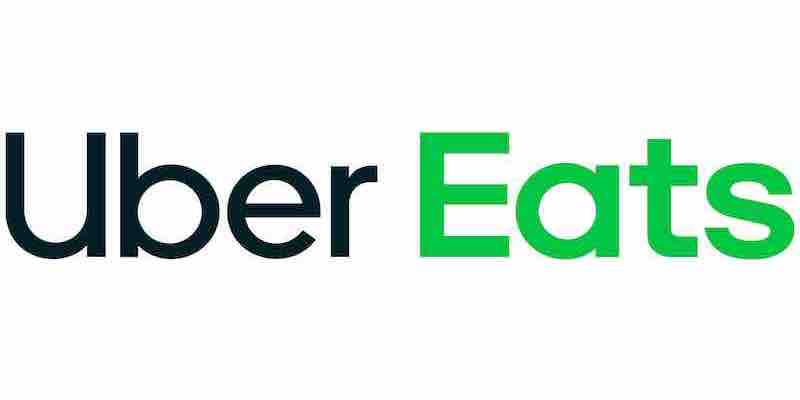Rapid Grocer Getir Strikes a Strategic Partnership with Uber Eats

Rapid grocery delivery service Getir has entered into a Europe-wide collaboration with Uber, enabling Uber Eats users to order groceries via the Getir platform. Starting today, Getir’s dark stores are available on the Uber Eats app in the UK, with plans to expand to the Netherlands and Germany in the upcoming weeks. All orders will be handled by Getir’s couriers, ensuring the high-quality service that their customers are accustomed to. Turancan Salur, Getir’s regional general manager, highlighted the mutual benefits of the partnership, noting that Uber Eats users now have access to Getir’s extensive range of grocery and convenience products. At the same time, Getir can tap into Uber Eats’ vast customer base. This collaboration follows similar partnerships in the rapid grocery delivery space, such as Gopuff’s deal with Uber Eats and Zapp’s partnership with Uber Eats. Getir had previously teamed up with Eat across Europe, offering its complete product range on the platform.
Competitive Landscape
The competitive landscape of the rapid delivery space is evolving rapidly, with partnerships between established platforms and newer entrants becoming increasingly common. As the market becomes more saturated, standalone services must find innovative ways to stand out and retain their customer base. Here are some potential strategies and considerations for differentiation:
| Strategy | Description |
|---|---|
| Niche Market Focus | Beyond rapid delivery, offering scheduled deliveries, subscription models, or pick-up points can cater to different customer preferences. |
| Superior Customer Experience | Investing in user-friendly app interfaces, responsive customer support, and seamless delivery experiences can set a service apart. Personalized recommendations, loyalty programs, and interactive features can enhance user engagement. |
| Sustainability Initiatives | With growing environmental concerns, services that prioritize eco-friendly packaging, carbon-neutral deliveries, or support for local farmers can attract environmentally-conscious consumers. |
| Flexible Delivery Options | Beyond rapid delivery, offering scheduled deliveries, subscription models, or pick-up points can cater to different customer preferences. |
| Exclusive Partnerships | Collaborating with popular local brands or restaurants for exclusive products or deals can draw customers looking for unique offerings. |
| Community Engagement | Hosting events, workshops, or pop-up markets can foster a sense of community and brand loyalty. Engaging with customers through feedback loops and involving them in product selection or service improvements can also be beneficial. |
| Transparent Pricing | While rapid delivery is a convenience, customers are also price-sensitive. Offering transparent pricing without hidden fees can build trust and loyalty. |
| Expansion of Product Range | Beyond groceries, expanding into other product categories like household essentials, personal care, or even electronics can make the service a one-stop-shop for consumers. |
| Investment in Technology | Leveraging advanced technologies like AI for inventory management, predictive analytics for demand forecasting, or AR for virtual shopping can offer a competitive edge. |
| Educational Content | Providing recipes, nutritional information, or cooking tutorials can add value and enhance the shopping experience. |
As the rapid delivery space becomes more competitive, standalone services must continuously innovate and adapt to changing consumer preferences. They can differentiate themselves and thrive in the market by focusing on unique value propositions and building strong brand identities.